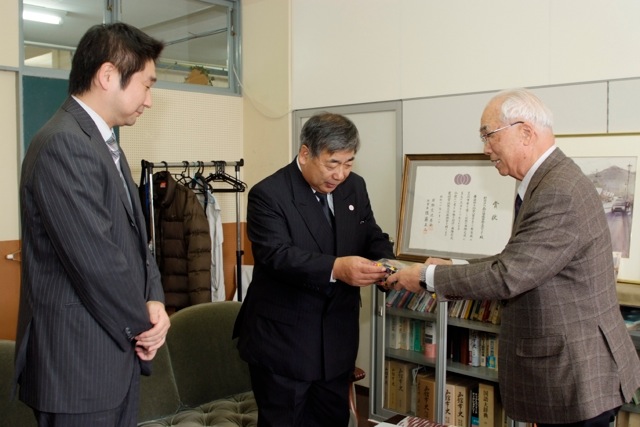This was my last ikebana arrangement for 2013.
Normally, I use dogwood branches for the beautiful lines that they create. This time, I challenged myself to do something different. I looked at the bundled up dogwood branches in my hands and thought that bunched together, they looked pretty too!
I chose a flower container with a solid vertical surface and matched that with the thickest parts of the dogwood branches.
To further augment the colour contrast between the red branches and the black container, I added some green oregonia. This makes the arrangement more cohesive.
As it was, the arrangement was calm and tranquil...but too calm! It was static; so I added long branches diagonally across to sort of "pinch" the arrangement. This added some movement.
Here is the whole arrangement.
...and here is another view.
I hope you like it. --Miyako
All photos by the ikebana shop. All rights reserved.






